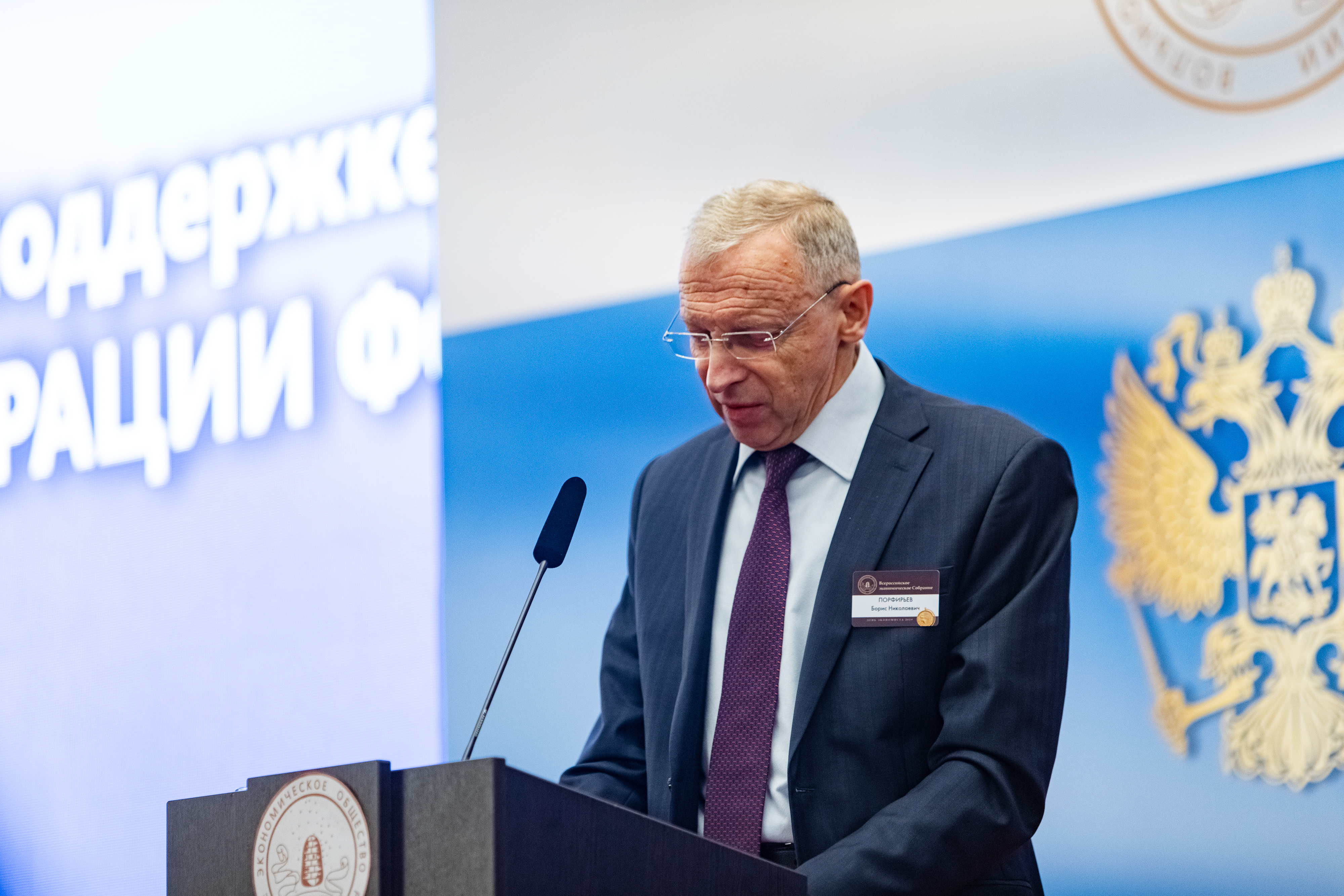The pandemic has left entire countries in the state of economic standstill, but as paradoxical as it may sound, there is good news: the spread of the coronavirus is already positively affecting the environment. We would like to understand how long this ecological respite will last and how the pandemic will affect the «green economy» in the long term.
 Boris Porfiryev, member of the Presidium of the Free Economic Society of Russia, Research Director of the Institute for Economic Forecasting of the Russian Academy of Sciences, Academician of the Russian Academy of Sciences
Boris Porfiryev, member of the Presidium of the Free Economic Society of Russia, Research Director of the Institute for Economic Forecasting of the Russian Academy of Sciences, Academician of the Russian Academy of Sciences
The situation caused by the consequences of the coronavirus, the economic slowdown, the shutdown of production, including those businesses that pollute the environment, have led to quite significant positive changes in the environment. The concentration of nitrogen dioxide in, say, East China dropped sharply right after the New Year. And in China as a whole.
The same is true for the United States, there has also been a very serious reduction in nitrogen dioxide pollution, as is clearly visible, it’s one of the strongest pollutants, and also a greenhouse gas.
In Europe we see the same picture: in France, and in a certain part of Germany.
What’s very important is that this picture shows a decrease in pollution, not only caused by nitrogen dioxide, but, very importantly, by suspended particles – one of the most dangerous carcinogens, two and a half microns and ten microns in diameter. Also, in Hong Kong, and a similar picture is observed not only in Hong Kong, but also in other countries.
I will add, perhaps, two more numbers to these pictures. There is such a well-known city as New Delhi in India, it is generally considered the world’s most polluted city. Pollution was reduced there by 27%, and by 54% in Seoul.
That is, we clearly see a decrease in air pollution, an improvement in the quality of the environment, which, on the one hand, we cannot but welcome. But still one must bear in mind three circumstances.
The first circumstance. The duration of such pollution reduction — both hazardous, noxious substances and greenhouse gases — is limited. The so-called rebound effect, when industrial economic activity recovers, can be quite strong. I will cite as an example the crisis of 2008-2009, when emissions decreased by 1.6%, but in subsequent years the growth of air emissions was much higher, 6-7%.
The second circumstance is that improving the environmental situation at such a cost, when in fact the economy came to a standstill or slowed down drastically, is of course counterproductive if it is considered as a means of improving the environmental situation. Because when the economy falls, we know this very well from our Russian reality, there is a drop in the living standards and the quality of life, which affects not only incomes and the quality of life but also people’s health, primarily mental health and somatic health, therefore, as they say, this kind of gain looks more like a Pyrrhic victory.
Another point related to this circumstance is that the experience of the 90s in Russia shows that we, too, had a fairly decent reduction in the absolute volumes of emissions of both pollutants and greenhouse gases. But at the same time, there was an increase in specific emissions, because the production assets were outdated, they were not upgraded, they were left unchanged, so specific emissions increased.
And finally, the last circumstance associated with this is the contradictory nature of the environmental consequences associated with the coronavirus. I spoke about reducing aerosol emissions, in particular suspended particles. It is known that, generally speaking, more heat is produced when aerosol emissions are reduced. There are model calculations that show that if, for example, the concentration of aerosols is generally zero, then the environment is heated by one degree Celsius. The consequences for global warming still remain.
And the second point. We know that the coronavirus caused a drop in oil prices. It became cheaper to produce plastics, including plastics for medicine, which are also used for protective equipment. Accordingly, this creates the risk of increasing the volume of plastic wastes, and it can become a major headache for the environment. Of course, there is no dead end here, work is underway on biodegradable plastics, there is movement towards a circular economy, but in the short term, there might well be consequences.




